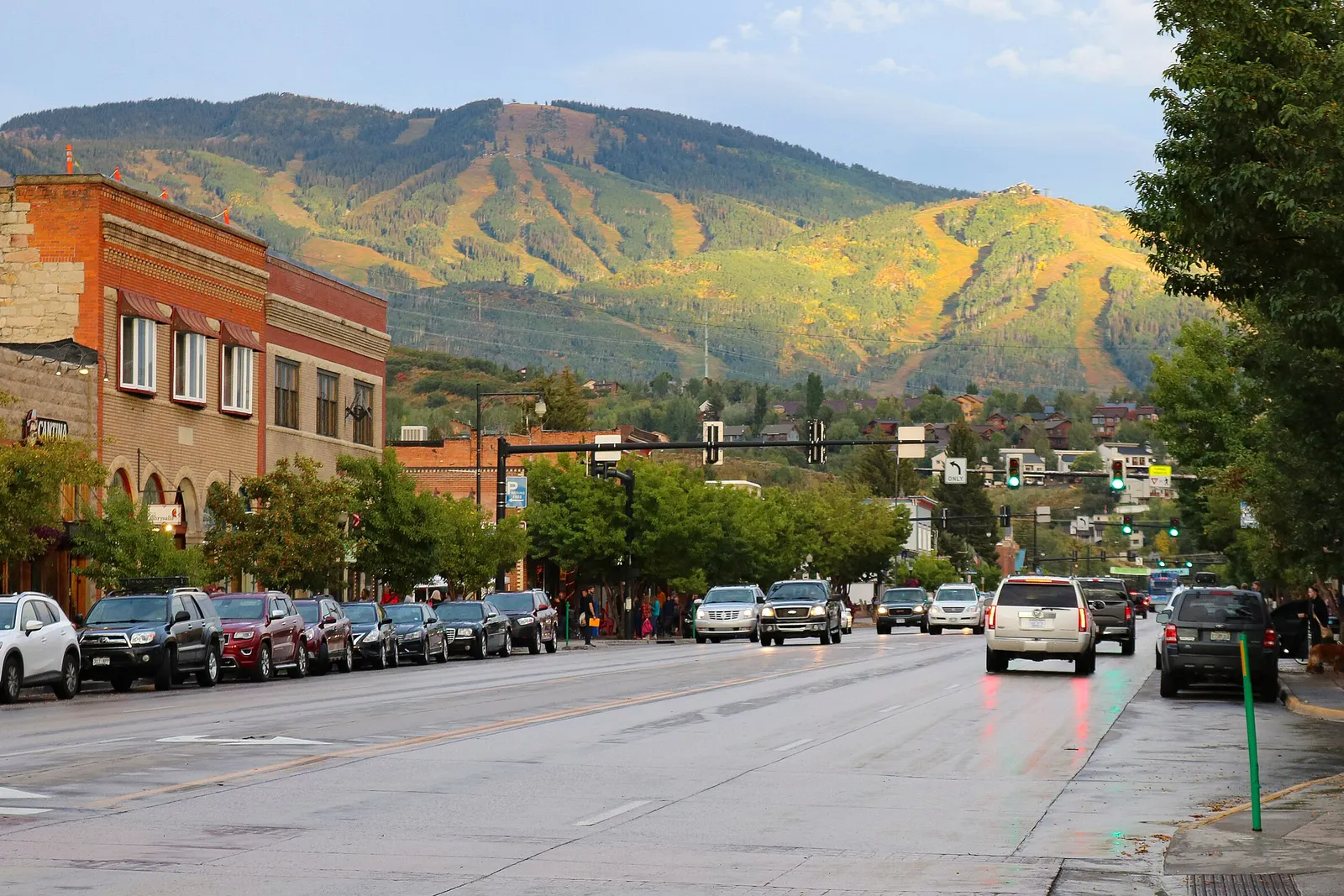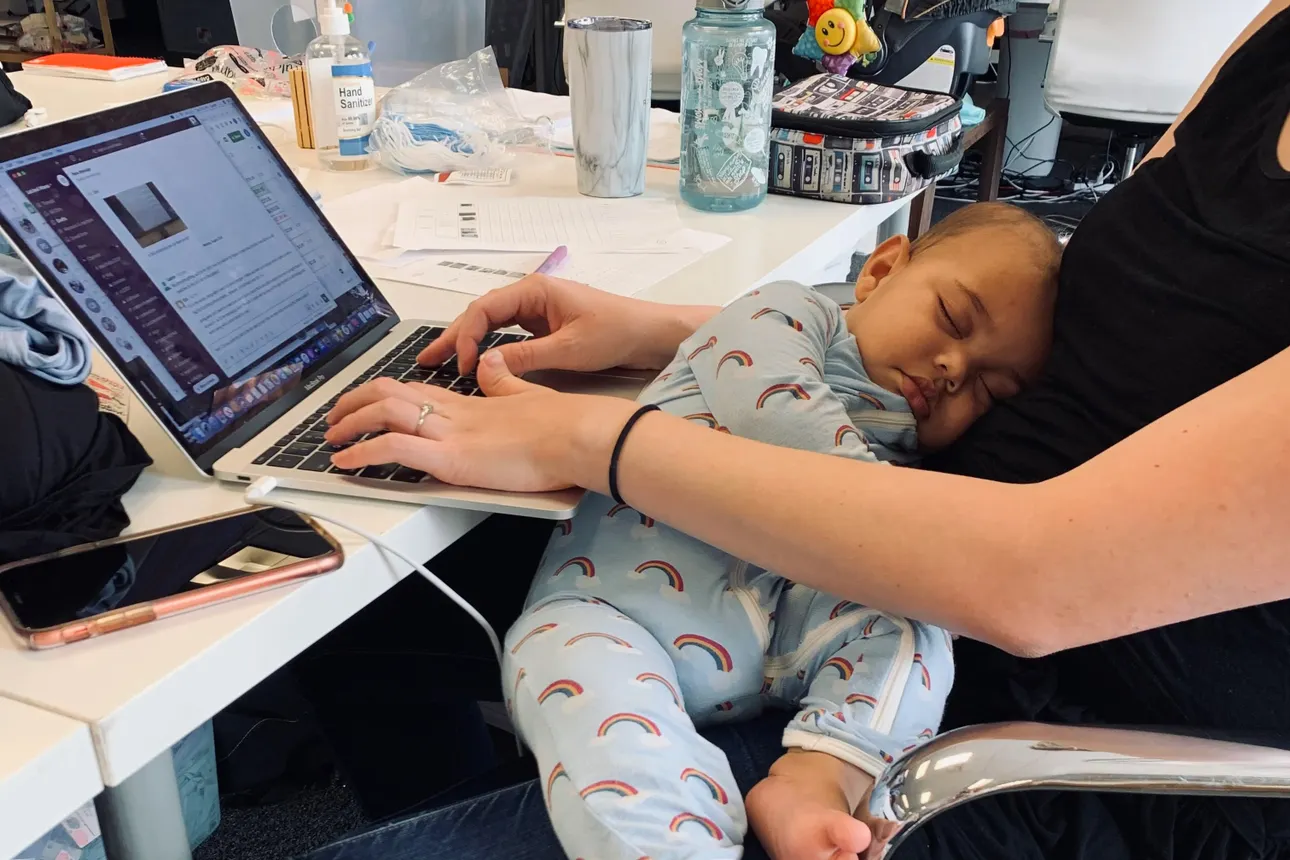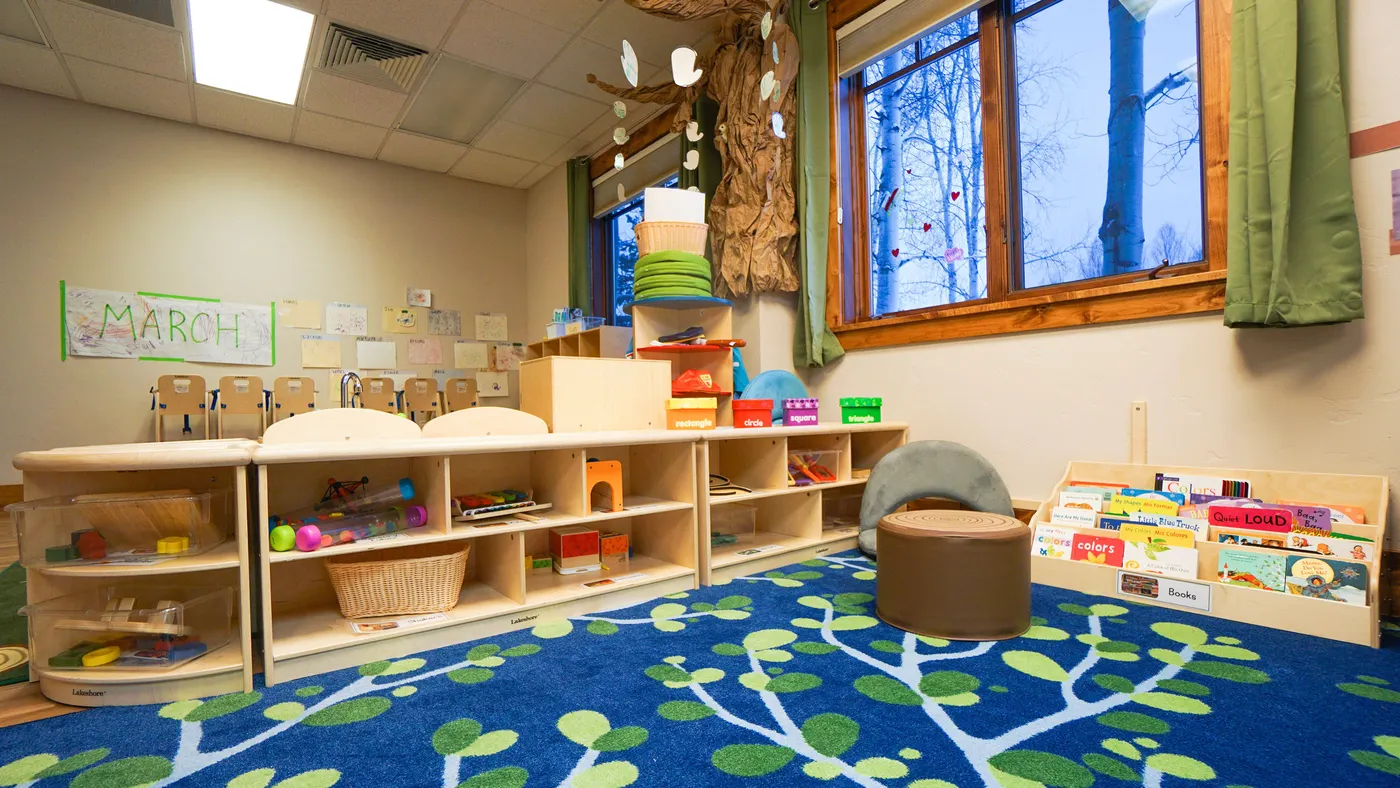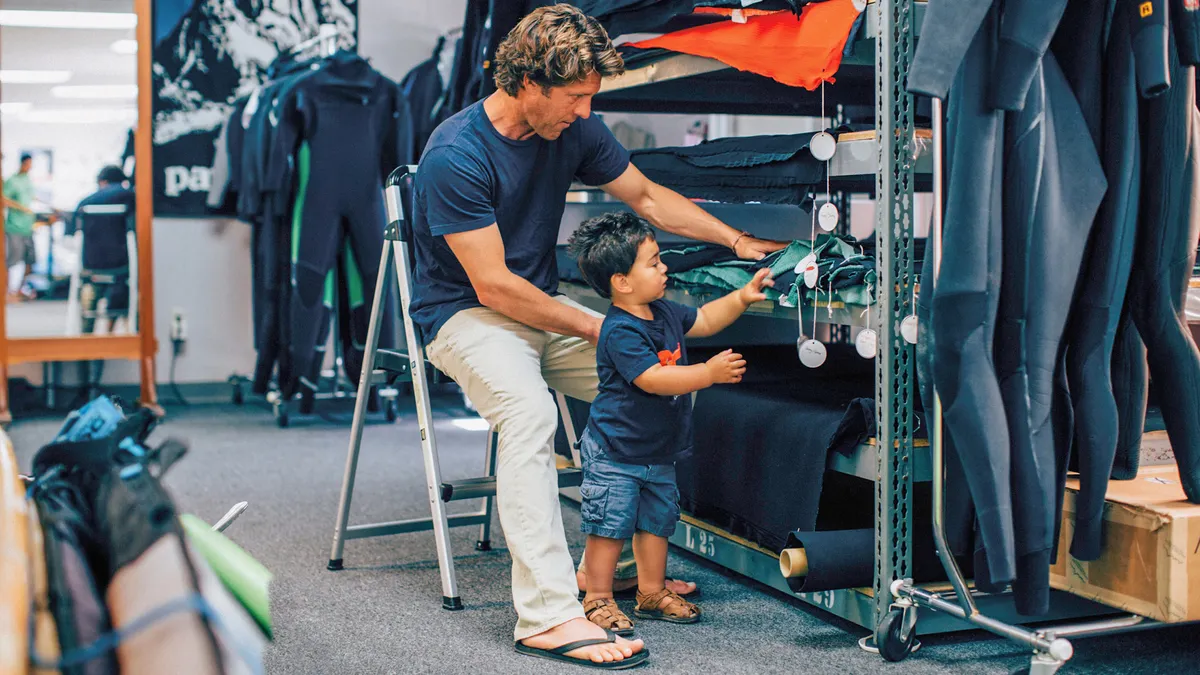This is the first installment of a five-part series on employers offering on-site day care.
Steamboat Springs, a town in Colorado’s Yampa Valley, rests between a constellation of mountain peaks at an elevation of nearly 7,000 feet. A single highway brings people in and out of town, first past chain restaurants and grocers, and eventually through a charming downtown.
The town has around 13,300 residents but welcomes more than 750,000 tourists annually, according to Steamboat Springs Chamber — many of them visitors to Steamboat Resort, one of the state’s most active ski destinations. The resort functions as a small city in itself, with hotels, rental and retail outlets, restaurants, horseback riding, hot air ballooning, and even an on-site escape room. “Think of us as Disney, but with snow,” Loryn Duke, communications director of Steamboat Ski & Resort Corp., which owns Steamboat Resort, told HR Dive.
All of those amenities need workers to function. Many of those workers have families. And many of those families have young children.
This presented a dilemma, Duke said.
A search for day care options in Steamboat Springs reveals just a handful of choices — and those narrow even further when you remove the dedicated preschools and the doggie day care. The town “is an expensive place, because people like to vacation here,” Duke said. “So child care is either very limited, or it’s very expensive.”
The issue came to a head around five years ago, close to the outbreak of the COVID-19 pandemic, Duke said. A group of parents working at the resort began to demand something be done. “It was no longer an option to ignore the impact that child care was having on our ability to recruit and retain talent,” she said.
So Steamboat staff developed and pitched an on-site child care center.

A country of deserts
Local officials have identified Routt County, home to Steamboat Springs, as a “child care desert” — an area where the need for child care greatly outstrips the supply.
Families report difficulty finding child care, and the numbers back that up: Nearly a quarter of potential attendees in Routt County, where the town is located, had no spots available for them in 2022 and 2023, according to a study conducted by the University of Denver’s Butler Institute for Families.
Routt County residents are hardly alone. About 51% of those in a U.S. state or Washington, D.C., live in a child care desert, according to a 2018 report from the Center for American Progress. That report defined such a desert as an area with more than 50 children under the age of 5 that contained either no child care options or so few options that there were more than triple the number of children than available slots.
While the issue may affect various groups in different ways, the problem is widespread. Fifty-four percent of the lowest-income neighborhoods are in child care deserts, but so are 43% of the highest-income neighborhoods. Hispanic or Latino families are most likely to reside in child care deserts at 57%, but half of White families and 44% of Black families also live in them.
Notably, Steamboat Springs doesn’t meet CAP's definition of a child care desert, despite the local report showing that families are struggling. This perhaps suggests that CAP’s data may underestimate how widely felt the need for more accessible child care is. As one parent told the University of Denver researchers, “I had to call [our provider] every single day … until the day that [they] said, ‘Yes, I have a space for you.’ And if I hadn’t called on that day, someone else would have gotten it.”

Plugging the drain
Over the past five years — spurred by the tight labor markets of 2021 and 2022 — employers have introduced a number of family-friendly benefits meant to entice employees, especially women. Walmart launched fertility benefits and reimbursement for doula services. Pinterest expanded its parental leave and introduced separate paid leave for parents with babies in the NICU. More recently, Grindr, which has a plurality of LGBTQ+ workers, announced it will offer up to $300,000 to cover surrogacy, adoption and other family-forming benefits.
But with the exception of unique employers — like Latched Mama, a retailer that allows workers to bring their babies into the office — most employers expect employees to find child care when their leave ends and they return to work. Financial benefits, like pre-tax dependent care accounts, can help, but workers still need to find the care.
This is where talent, especially women, often drop out of the game — a significant problem for HR professionals focused on recruiting, retention and inclusion. According to a 2024 report published in the journal Behavioral Sciences, nearly one-quarter of women leave the labor market in their first year of motherhood.
At Whirlpool Corp., the need for child care options had been palpable for years, according to Sara McLeod, director of global executive compensation. Located in Benton Harbor, a small city in southwest Michigan, Whirlpool is also in a child care desert, according to CAP data.
The push for a child care solution gained traction around eight years ago, McLeod said, when they began to identify the retention risk posed by the issue and were able to demonstrate that women at the management level were leaving the company due to child care struggles.
Many parents and guardians rely on relatives and friends for child care, according to U.S. Census Bureau data, but such supports were notably lacking for those in Benton Harbor. “Since we’re in a small town, a lot of our employees have moved here from other locations, so they don’t necessarily have the community or the family that can support [them] as well,” McLeod said.
“The need was great enough for our employees that we decided to build our own center,” McLeod said.
Thus, just a few years before Steamboat Resort arrived at a similar solution, “The Eddy” — Whirlpool's child care center, named appropriately for a little whirlpool — was born.
Visuals Editor Shaun Lucas contributed to this story.











